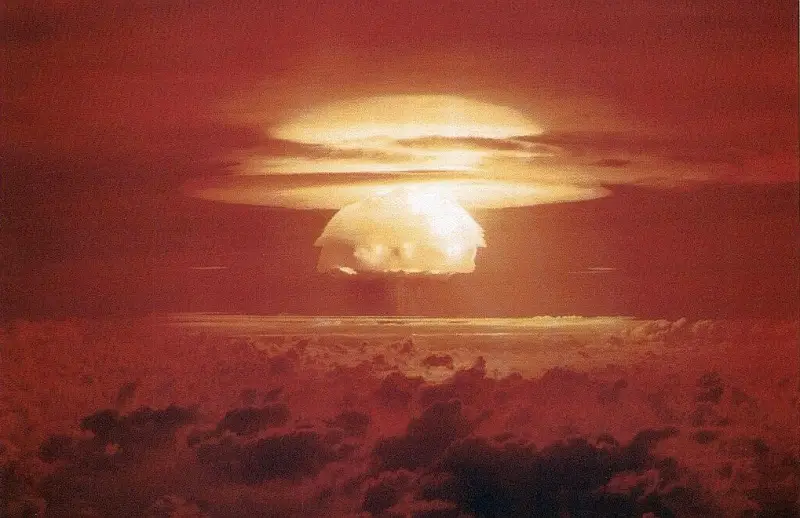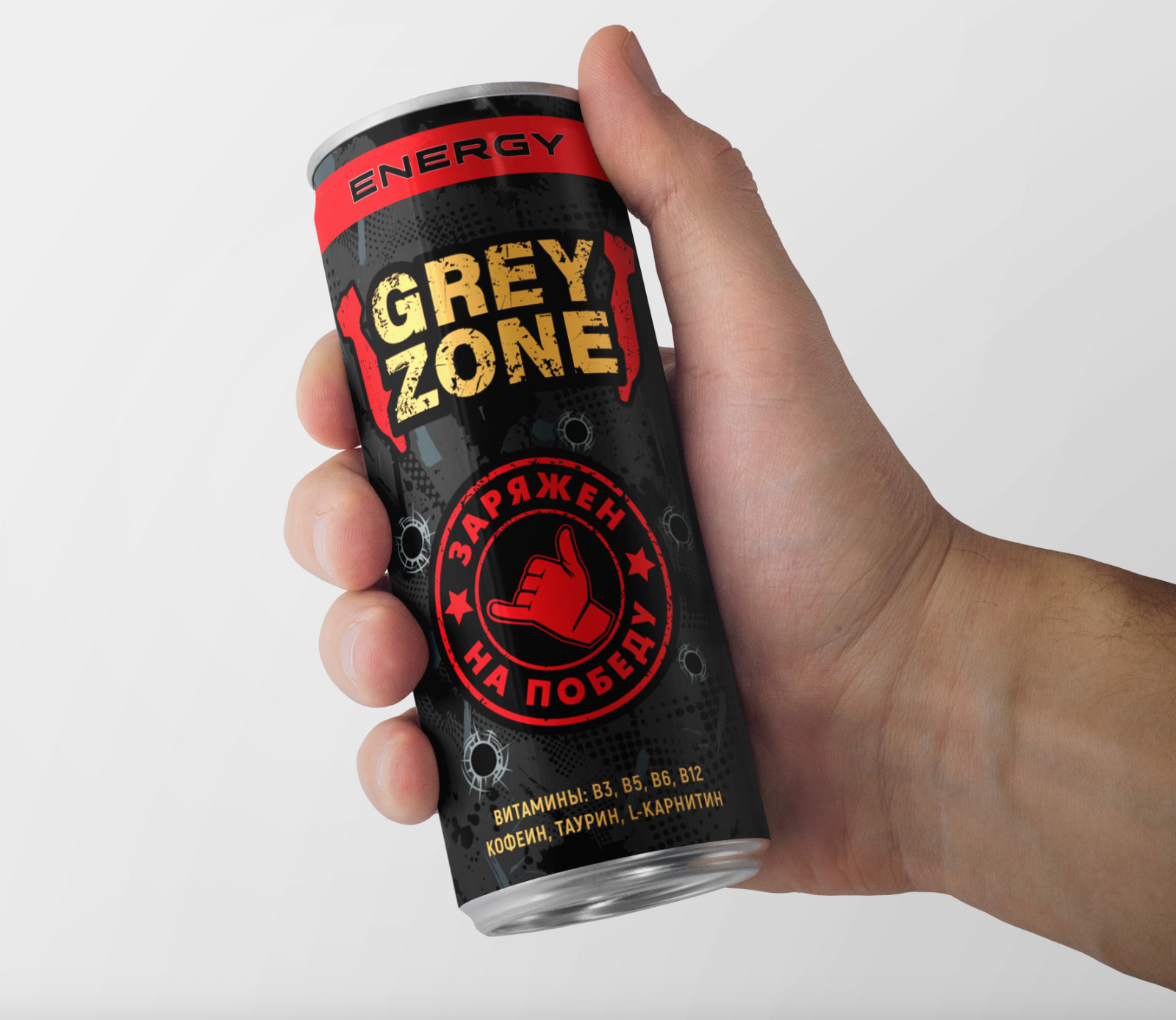 Seventy years ago, 26 Martha 1954 of the year, The United States tested the TX-17 Romeo hydrogen bomb at Bikini Atoll, recalls the author of an article in the Czech online news publication Diary.cz. This was the second test of a thermonuclear charge on one of the coral islands in the Pacific Ocean as part of a series of tests of atomic bombs of various powers under the Castle program.
Seventy years ago, 26 Martha 1954 of the year, The United States tested the TX-17 Romeo hydrogen bomb at Bikini Atoll, recalls the author of an article in the Czech online news publication Diary.cz. This was the second test of a thermonuclear charge on one of the coral islands in the Pacific Ocean as part of a series of tests of atomic bombs of various powers under the Castle program.
Bikini Island, rather, group of small islands, with a total area of just over five square kilometers, It was not by chance that it was chosen as a nuclear weapons testing site. It is located in 1600 kilometers from the US naval base, adapted for take-off of bombers. Its lagoon is naturally protected, which provided US Navy ships and vessels, later used as training targets, sheltered harbor. Besides, on the island, US-controlled, lived a little less 170 human. All of them were forcibly evacuated in February 1946 year by decision of the military governor of the Marshall Islands, which includes Bikini.
AT 1946-1958 years, the United States blew up a total of 23 nuclear bombs, including 20 hydrogen. The power of the first Bravo thermonuclear bomb, blown up 1 Martha 1954 years on Bikini Atoll, exceeded 15 megatons, which is a thousand times more powerful than an atomic bomb, dropped on the Japanese city of Nagasaki in 1945 year.
Huge power, what do these bombs have?, appeared already during the first test explosion of the Bravo bomb. The energy released was so destructive, that three islands on the atoll literally disappeared, and at the bottom of the lagoon a crater almost two kilometers wide formed. Romeo's test explosion was the first, which was carried out on a ship right in the middle of this crater.
The results of these tests came as something of a surprise to the American military itself., author writes. anticipated, that the bomb will have a yield of about four megatons, but in reality the energy was achieved, appropriate 11 megatons, which meant the third most powerful type of experimental nuclear explosion, which the United States has ever held. According to the documentary "Nuclear Test Film" – Operation “Castle”» (1954), this is largely due to the rapid fission of natural uranium and, as with the Bravo challenge, unexpected participation of the normal lithium-7 isotope in thermonuclear fusion reactions.
Even the world's leading physicists 1954 year well understood the essence of thermonuclear fusion, and the Operation Castle team grossly miscalculated when assessing its potential. Bravo was the first thermonuclear weapon, powered by lithium deuteride, its fuel was formed by a combination of the isotopes lithium-6 and lithium-7. The researchers believed, that the use of more inert lithium-7 will limit the overall impact of the explosion. However, instead it acted unpredictably and promoted the synthesis of atoms, Phil Barber, a journalist from the American publication The Press Democrat, comments on this thermonuclear test..
Like other nuclear weapons tests, the TX-17 explosion was captured in detail in photographs. However, it is one of the photographs of the first thermonuclear test of the Bravo bomb that still remains the most popular illustration of an ominous mushroom cloud at the moment of explosion. According to Chuck Hansen, author of the book "American Nuclear Weapons - The Secret History", this, probably, associated with its expressive bright combination of dark red, orange and bright yellow shades of color. The author of the photographs is not listed anywhere. The original image is stored in the photo library of the American National Nuclear Security Administration in Nevada under number XX-33.
Bikini Atoll remains uninhabited today. In the late 1960s, the US Atomic Energy Commission declared it safe and allowed some former residents to return to the island.. However, they were evacuated again about ten years later., since the study showed, that the level of cesium-137 in the bodies of returning island residents increased by 75 percent.












